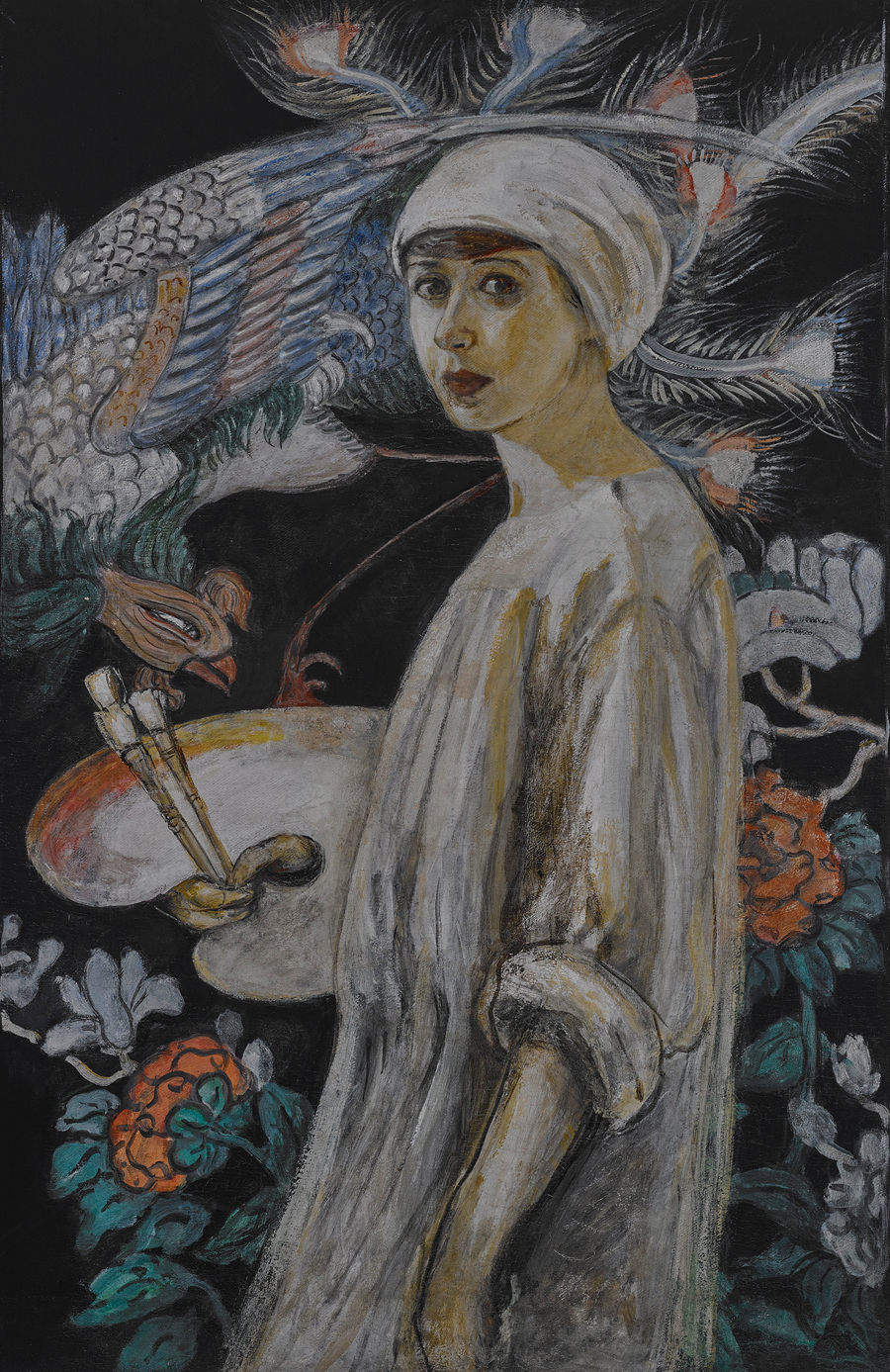Florine Stettheimer
The Jewish Museum, New York, USA
The Jewish Museum, New York, USA

There are people who are famous for being famous. The artist Florine Stettheimer (1871-1944) has the opposite problem: she is famous for being obscure. Although she flourished in the simmering atmosphere of Jazz-Age Manhattan – close friends with the likes of Georgia O’Keefe, Alfred Stieglitz and Marcel Duchamp – the current retrospective of her work at the Jewish Museum is her first US solo show in more than 20 years. Since her death, Stettheimer’s legacy has endured repeated, convulsive ‘rediscoveries’ in which a flurry of attention gives way to decades of neglect. The reasons for this historical vanishing act are manifold. As a painter, her style was eccentric and her subjects personal. As an heiress, she could afford to shun the market in favour of private viewings among intimates. And as a Jewish woman, even a prodigious inheritance could not save her from a world that has not ceased to be misogynist and anti-Semitic.

Stettheimer was born into a wealthy New York banking family. The fruits of a world-class aesthetic education in Europe (her academic nudes are exquisite), Stettheimer’s early work blends the affective charge of Paul Gauguin and the symbolists with the pale quietude of John Singer Sargent or James McNeill Whistler. Shortly after her return to the US in 1914, however, her style changed dramatically. Figures, volumes and spaces flatten. Colours intensify to an almost-fondant degree. Horizon lines rise and even vanish entirely. In Heat (1919) or Spring Sale at Bendel’s (1921), for example, the entire compositional programme comes under the swinging sway of the arabesque, as figures float on tiptoe or swoon against rococo divans. It is as if Erté and Marc Chagall collaborated on a Grandma-Moses-inspired tribute to Henri Matisse’s Le Bonheur de vivre (1906). Her human subjects remain mostly family and close friends, including the artistic glitterati of interwar New York. Between weekend trips upstate or summers at the Jersey Shore, Florine and her sisters Carrie and Ettie hosted regular salons for Duchamp and the gang, all dutifully recorded in Stettheimer’s bold yet deliberately legible style.

In the exhibition itself, galleries of the mature paintings are bookended by delightfully whimsical, even progressive designs for theatrical productions. Virgil Thomson’s opera Four Saints in Three Acts (1934) was performed by an entirely African-American cast and included a libretto by none other than Gertrude Stein. Also featured are Stettheimer’s poems (hence the show’s title, ‘Painting Poetry’), which come across as solipsistic Dorothy Parker knockoffs with only occasional flashes of insight. To wit, the first poem we read is a thin paean to the artist’s love of shopping: ‘I like slippers gold / and oysters cold […] and Bendel’s clothes / and Nat Lewis hose’. The final poem, however, is a cutting stanza uncharacteristically attentive to economic conditions: ‘Art is spelled with a capital A / and capital is what backs it […] the chief thing is to make it pay’.

In fact, Stettheimer’s entire oeuvre is animated by contradictions. The gender ambiguity of her figures is at once a modish emanation of Vanity Fair cartoons and a provocative, even queer choice; her floridly female depiction of Vaslav Nijinsky in Music (1920) is a startling example. The painting Asbury Park South (1920) is a counterfactual dream of racial integration, yet a poem to her friend Carl Van Vechten (controversial white enthusiast of the Harlem Renaissance) is so offensive by today’s standards as to be unprintable here. The catalogue and wall texts make a case for her ‘biting satire’, yet her alleged criticality often reads only as affectionate chiding. Contradictions aside, the Nude Self-Portrait (c.1915) remains a significant achievement. Despite institutional marginalization, Stettheimer’s devotees – notably Andy Warhol – have only increased over the years, a trend that from all accounts shows no sign of slowing down.
Main image: Florine Stettheimer, Beauty Contest: To the Memory of P.T. Barnum, 1924, oil on canvas, 1.2 x 1.5 m. Courtesy: Wadsworth Athenaeum Museum of Art, Hartford, Connecticut and Ettie Stettheimer
























